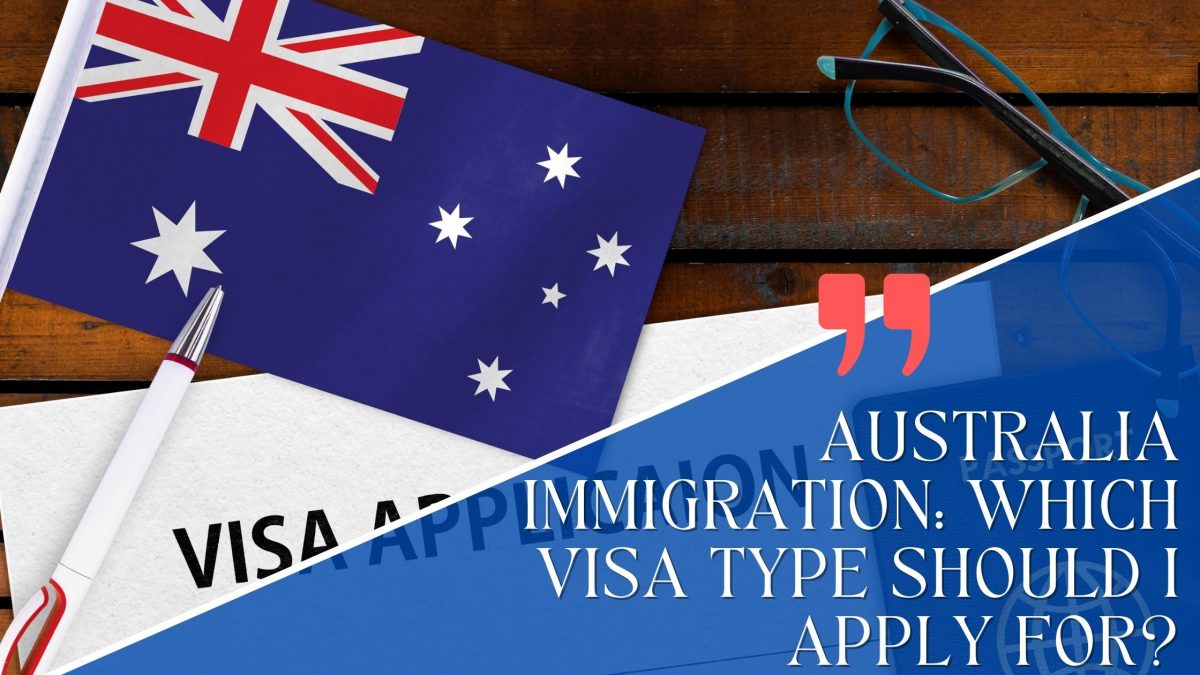Understanding how Australia’s General Skilled Migration Program works may seem confusing at first, but it is actually not that hard. In this post, we explain the differences between and the basics of each of the visas in the Australian government’s Migration Programs.
General Skilled Migration (GSM) Visas Australia – Subclasses 189, 190 and 491
There are several similarities and commonalities among the three GSM visa subclasses. All three visas must be applied for through SkillSelect, they are all points-tested, and there are some requirements that are shared by all three visas. All applicants must: be younger than 45 years of age at the time of application; nominate an occupation from one of the occupation lists; receive a positive Skills Assessment in their nominated occupation before applying for their visa; meet minimum English language requirements; and score a minimum of 65 points in the Points Test.
If you meet all the requirements, you may want to prepare and submit an Expression of Interest (EOI), an electronic application within the SkillSelect system managed by the Department of Home Affairs. EOIs are used to express your interest in applying for a SkillSelect visa and are issued when invitations are made available for any of these three types of visas—189, 190 and 491.
Differences between 189, 190 and 491
Now that you know what the similarities and requirements are for all three General Skilled Migration Visas in Australia, let’s take a look at some of the differences between each visa.
Permanent Skilled Independent Visa – Subclass 189
The 189 is the best visa because it is permanent and independent as the name says so it allows applicants to live and work in any area of Australia permanently. Before the pandemic it was already hard to be invited for this visa due to the government’s decision to issue less invitations for it.
Currently there are even fewer invitations being issued for the 189 visa. Only certain professionals can apply, as the list of occupations available to this visa is not large. There have been months where only people with 90 or 95 points have been invited.
Permanent skilled Nominated Visa 190
The 190 visa requires the applicant to be nominated by a State or Territory of Australia to apply. Each state and territory has their own requirements in relation to who they want to nominate. Applicants are not invited to apply by the Federal Government (SkillSelect) but rather are invited by a state or region. Only applicants who have the following can apply:
- An occupation on the MLTSSL list, or the STSOL (Short-Term Skilled Occupation List) can apply. But that is not enough, the occupation must feature in one of those lists but also in a….
- State or Territory List. Each state or territory looks to the 2 lists MLTSSL, STSOL, and decides independently which occupations want to nominate migrants for, being occupations that they each state believes in is a shortage in their region;
It is very common that states and territories give preference to people who are already living, studying or working in the region. Even though some states have places to nominate people who are overseas, they don’t nominate people who are living in Australia in another state or region.
Skilled Work Regional (Provisional) Visa 491
The 491 visa is a temporary visa with a 5 year of validity. It requires you and your family to live in a regional area for at least 3 years and earn at least $53,900 a year. The 190 visa requires a State or Territory Nomination, but the 491 requires a permanent residence in the region of Australia. You can also apply for a permanent visa to live and work in Regional areas include the whole country except Sydney, Brisbane and Melbourne.
We recommend that you consult a Registered Migration Agent before you apply for an Australian visa, so that you can understand your eligibility and design an appropriate strategy. We will be happy to help you achieve your dreams and change your life; please Australia Migration Services.





